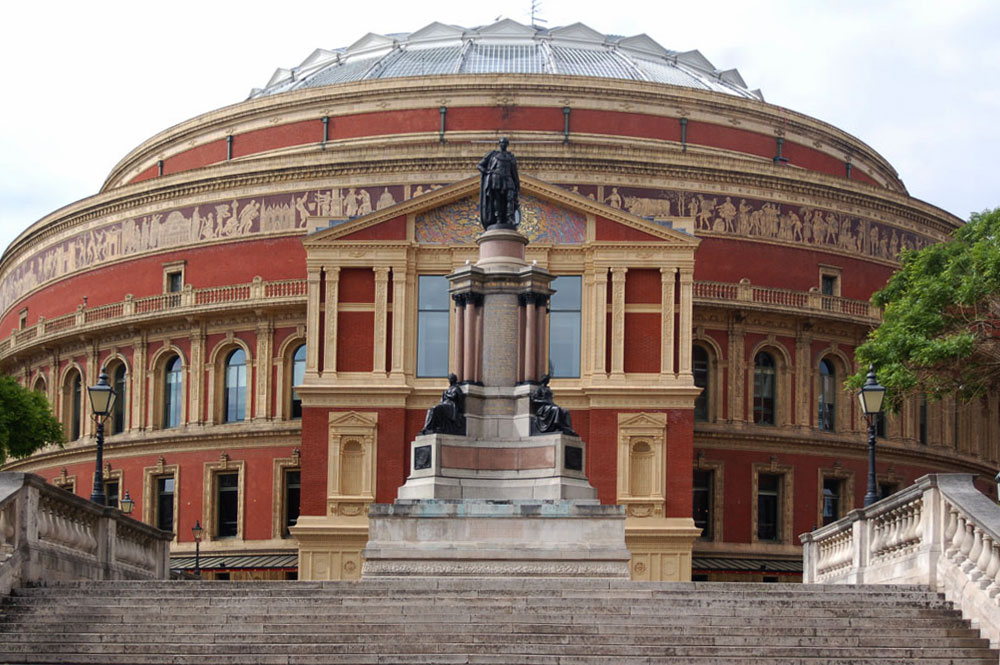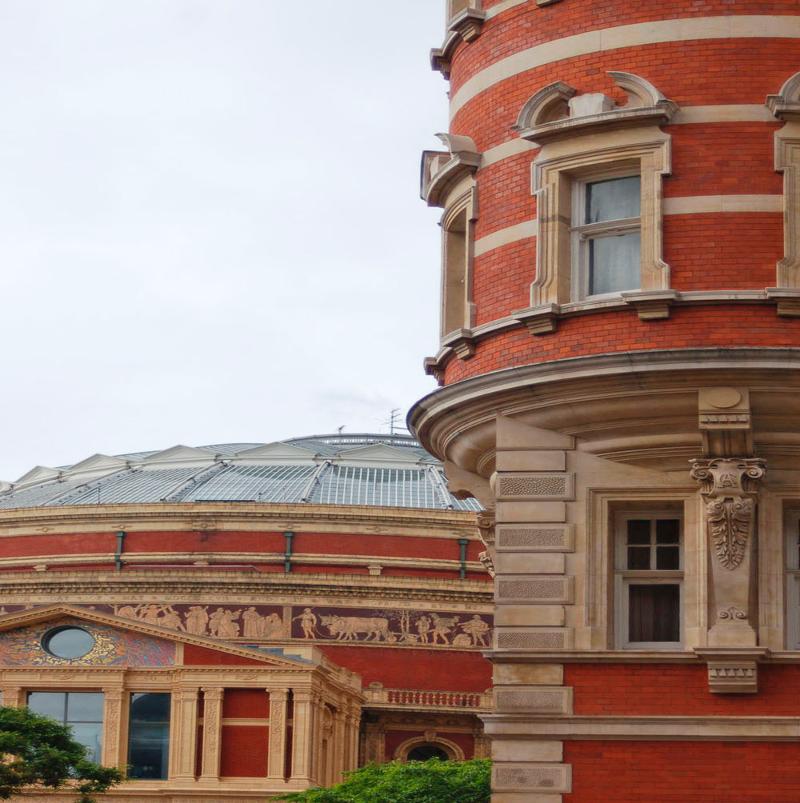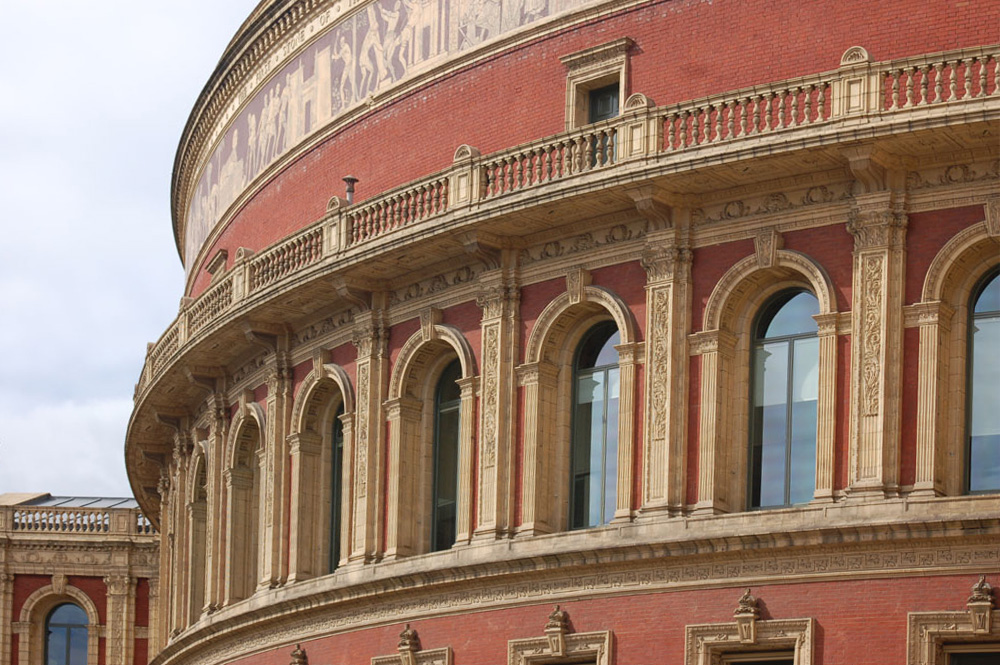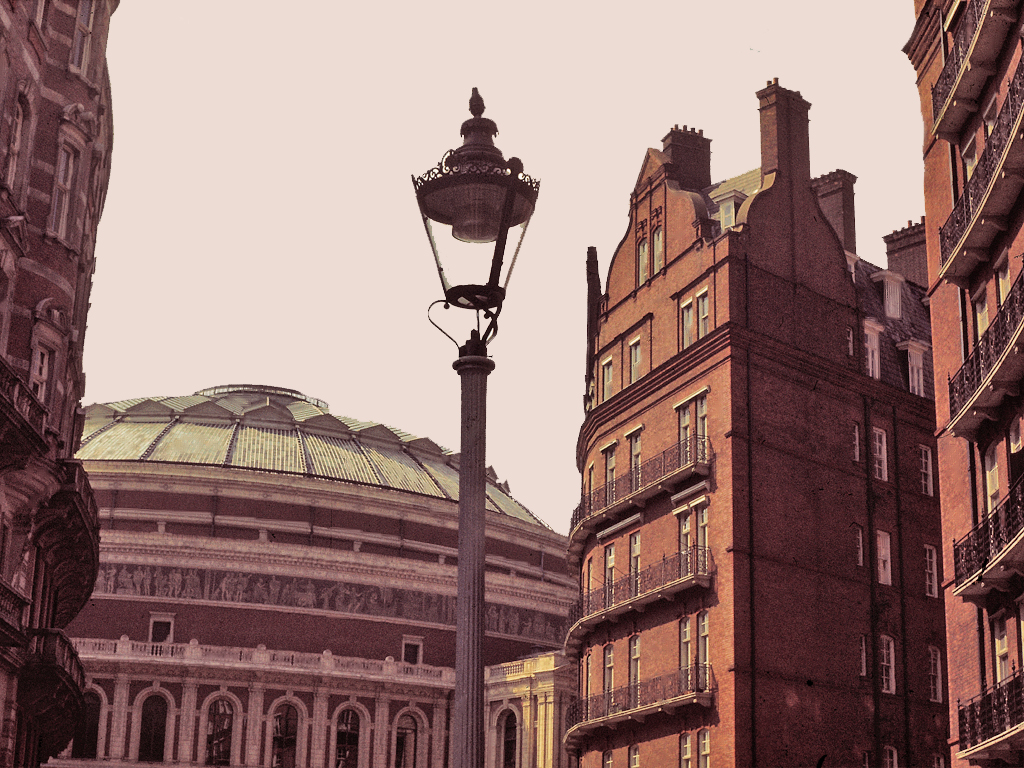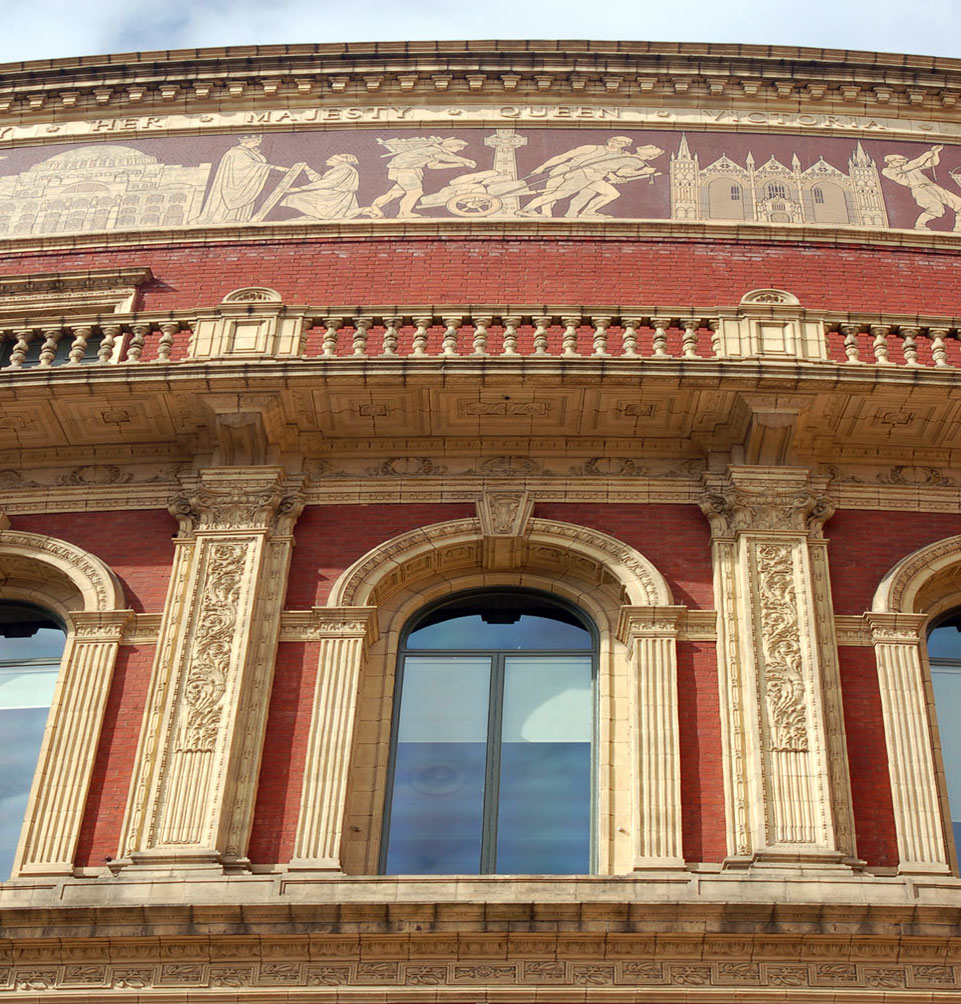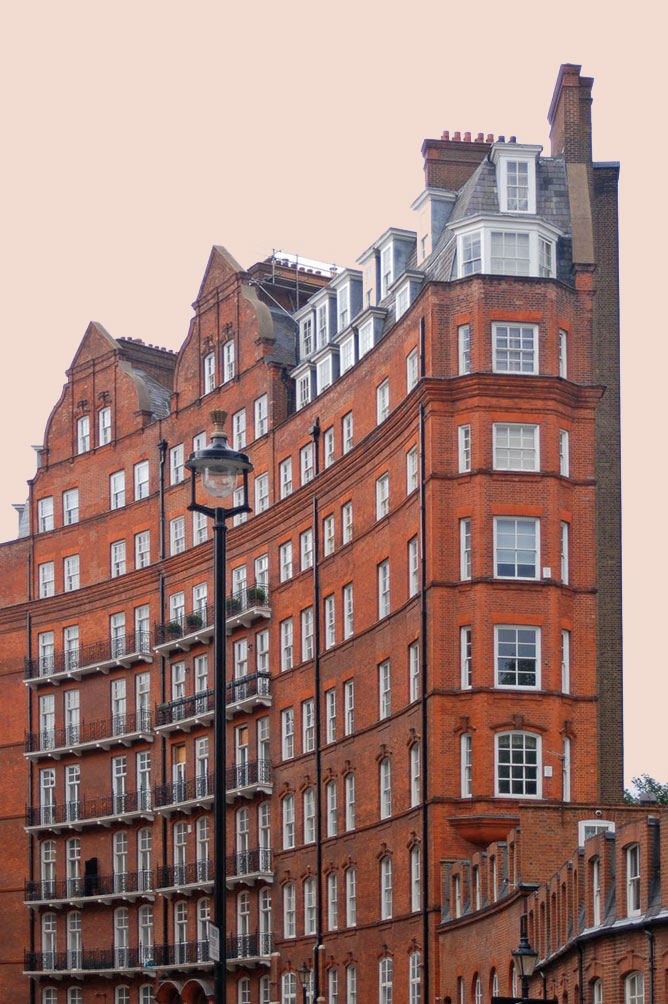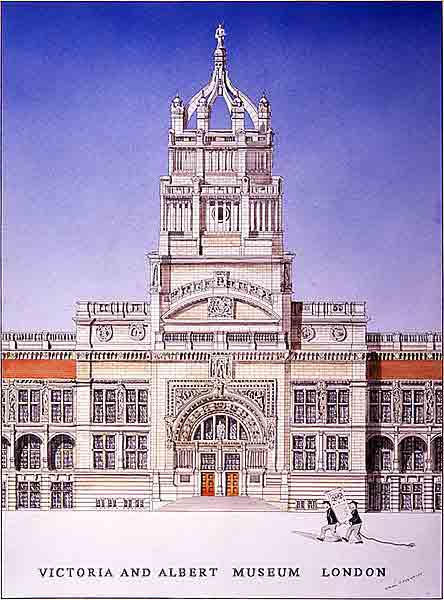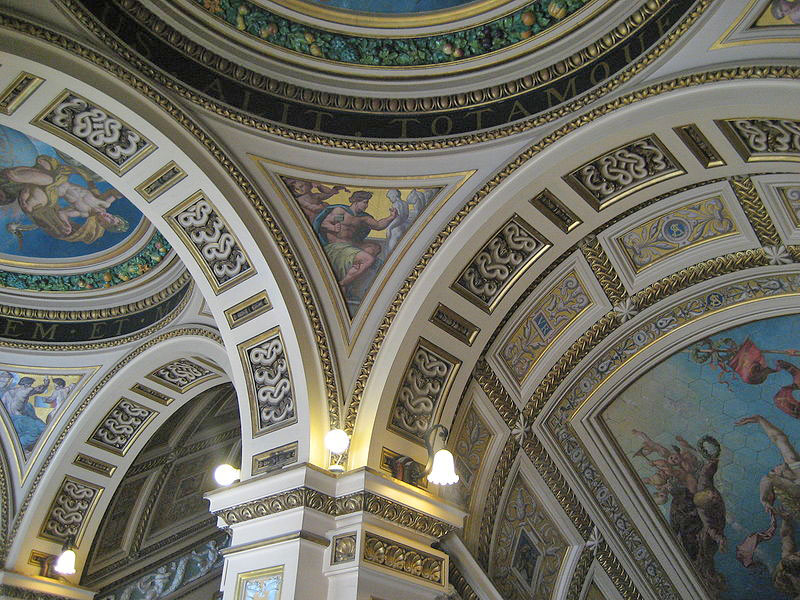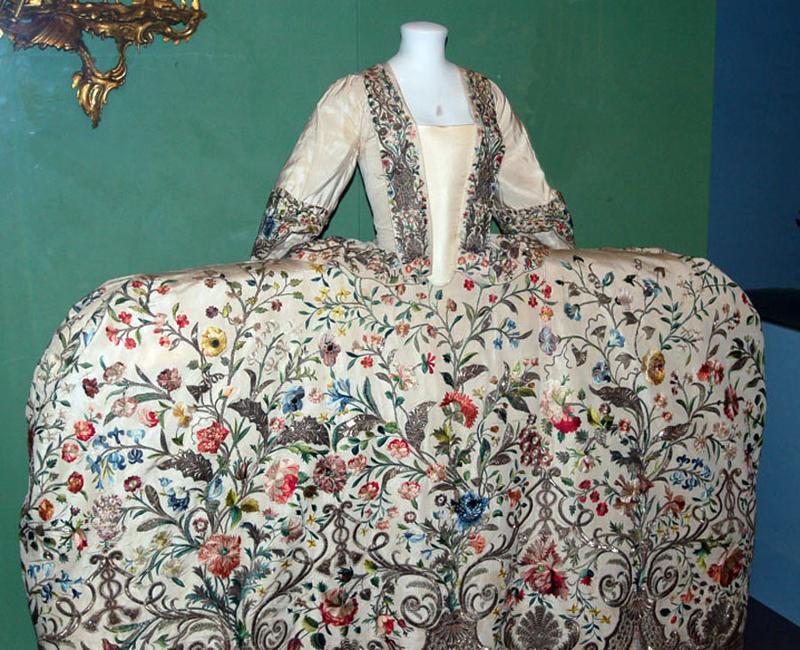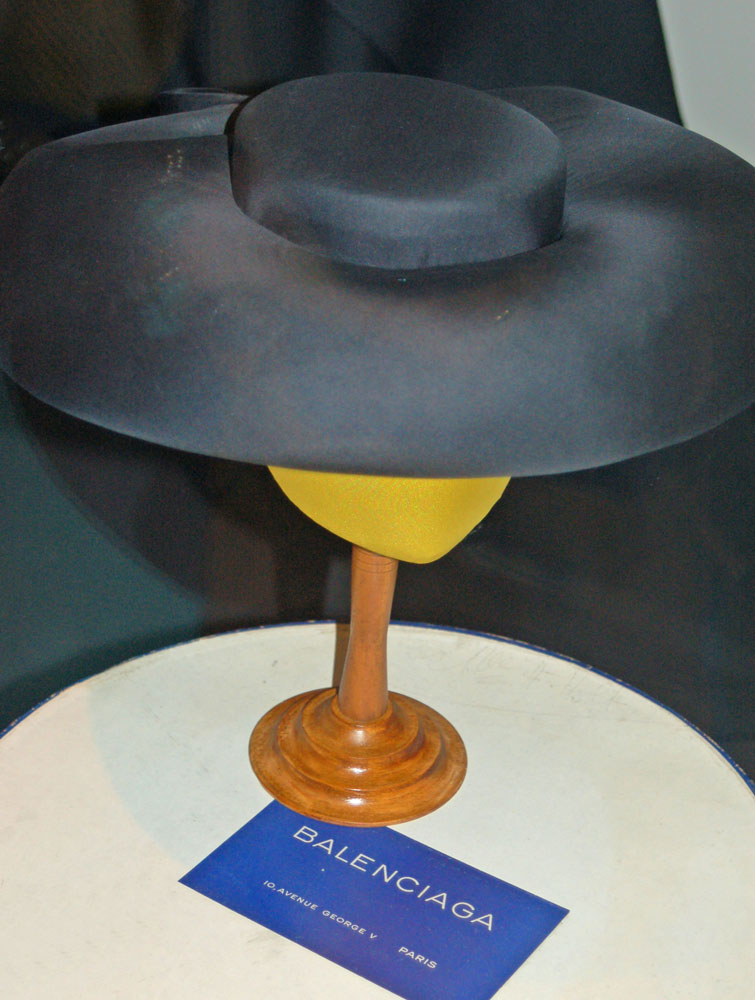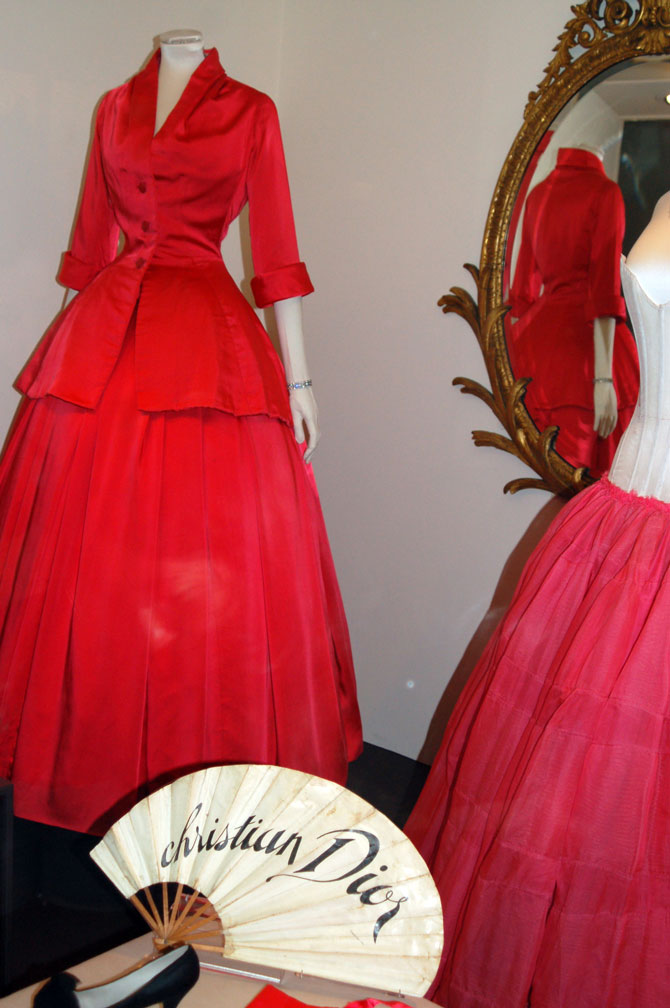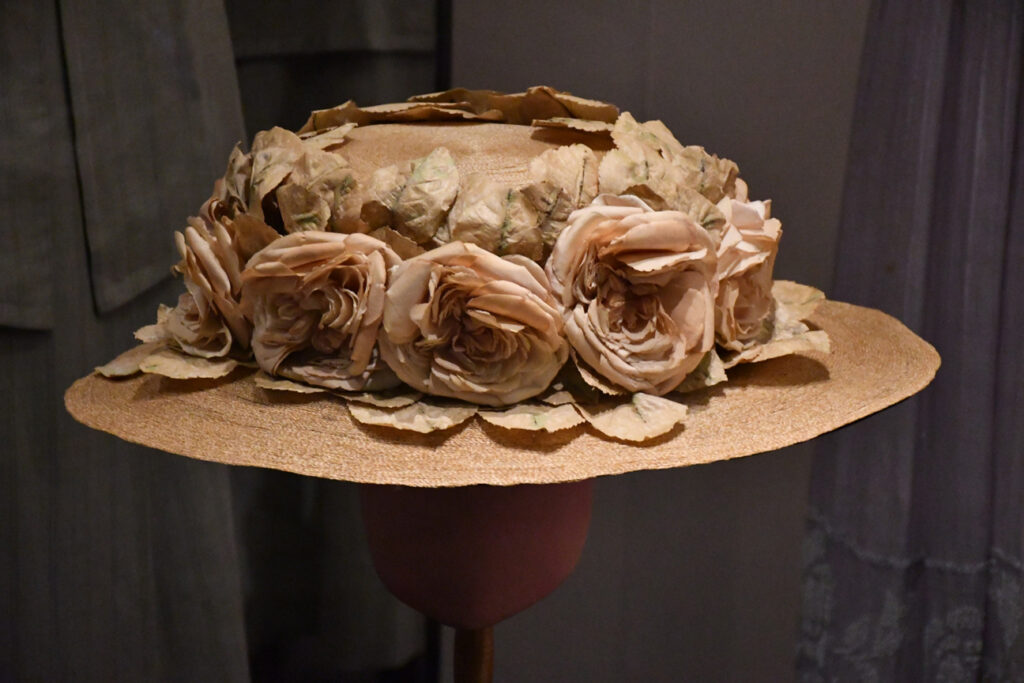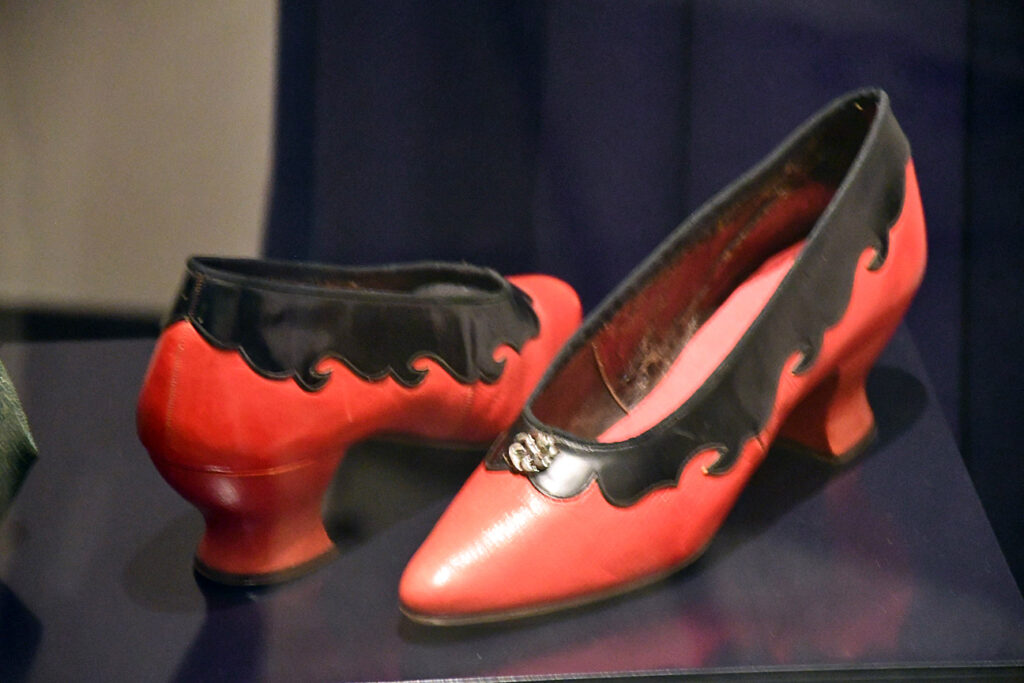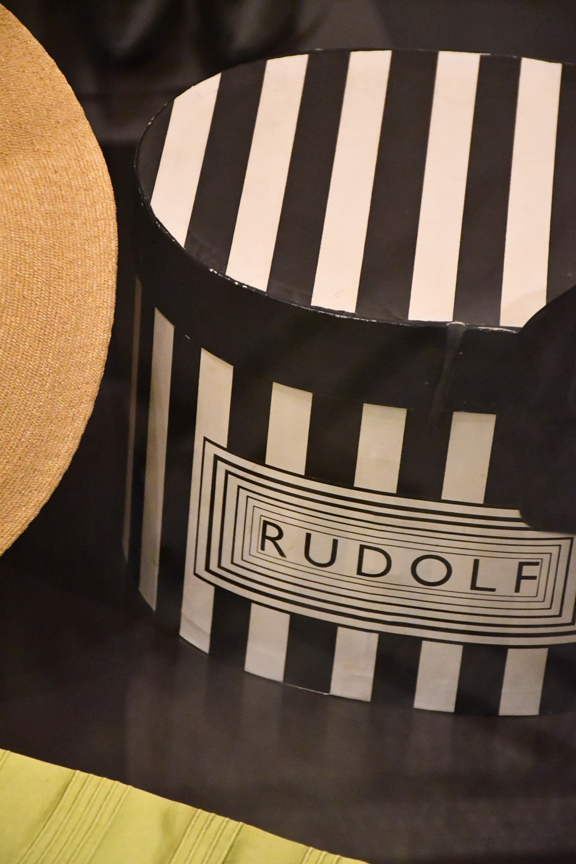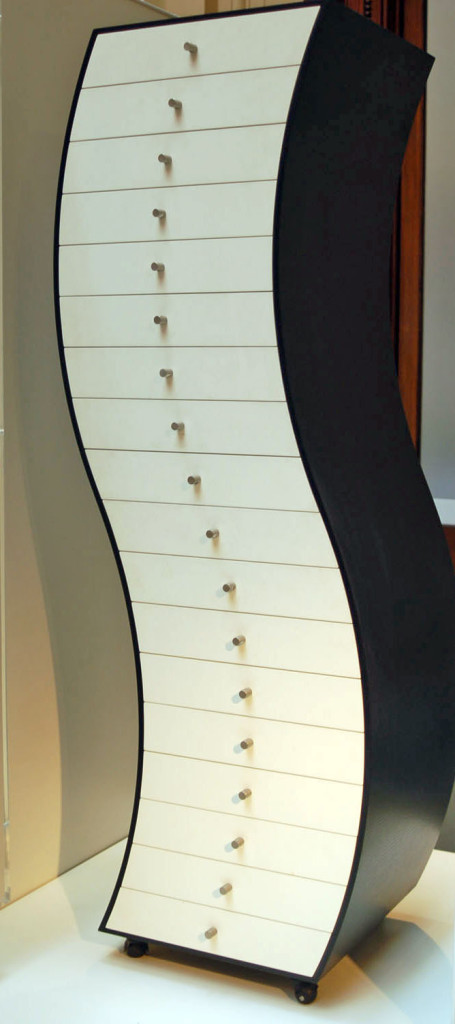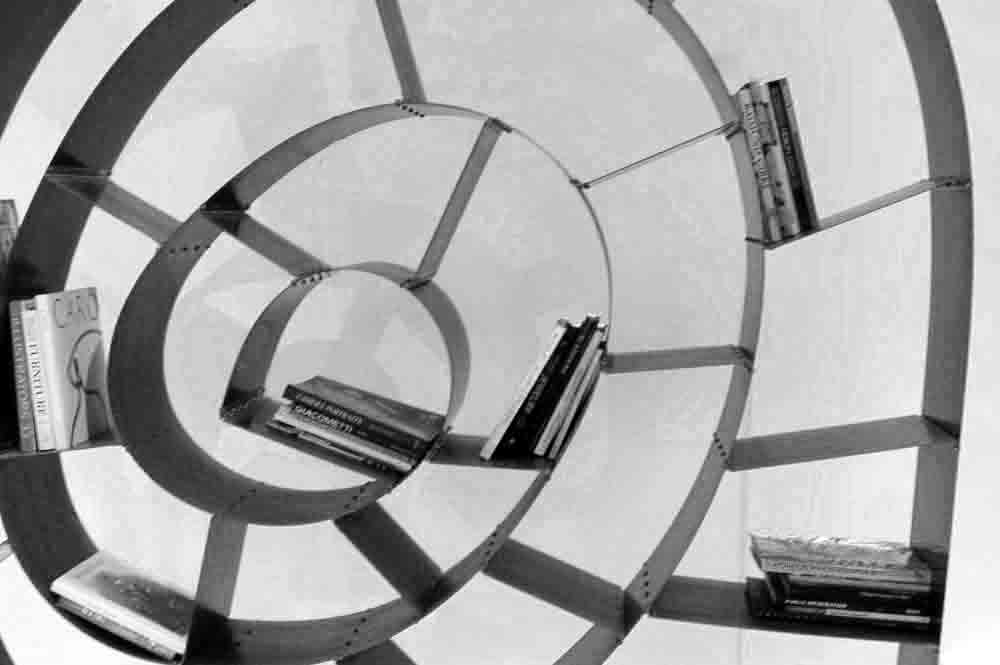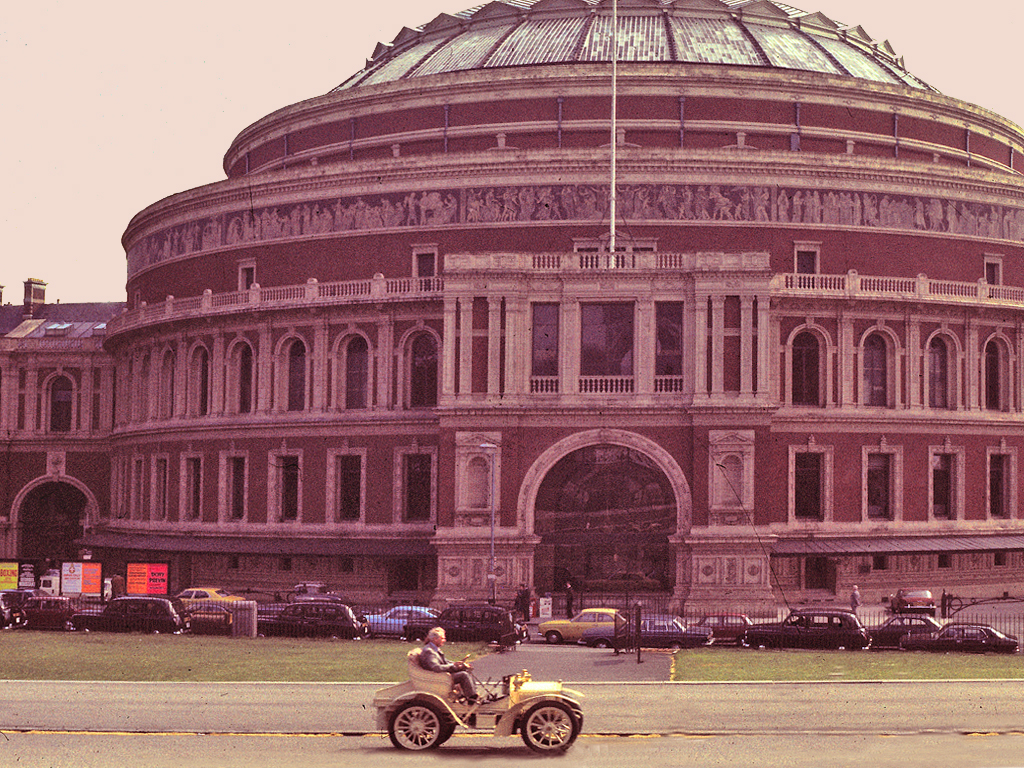
THE “ALBERTOPOLIS“
The Great Exhibition of 1851… was such a success that Prince Albert-Queen Victoria’s husband
wanted to promote the aims of the Exhibition and to extend “the influence of Science and Art upon Productive Industry” by building museums, colleges, schools, concert halls, and premises flearned societies.
wanted to promote the aims of the Exhibition and to extend “the influence of Science and Art upon Productive Industry” by building museums, colleges, schools, concert halls, and premises flearned societies.
Out of that enterprise came the Royal Albert Hall, The Science Museum, The Victoria and Albert Museum,The Natural History Museum, the Colleges of Art and Music, The Royal Geographic Society, Imperial College of Science.
Each one a grand edifice to Victorian expansion, Empire and progress through science and technology. The area is a repository of the Victorian sense of opulence in design-the buildings themselves being sometimes more than their contents.
Below- The golden Prince Albert looks out from his shrine in Kensington Gardens across at the Romanesque Albert Hall.
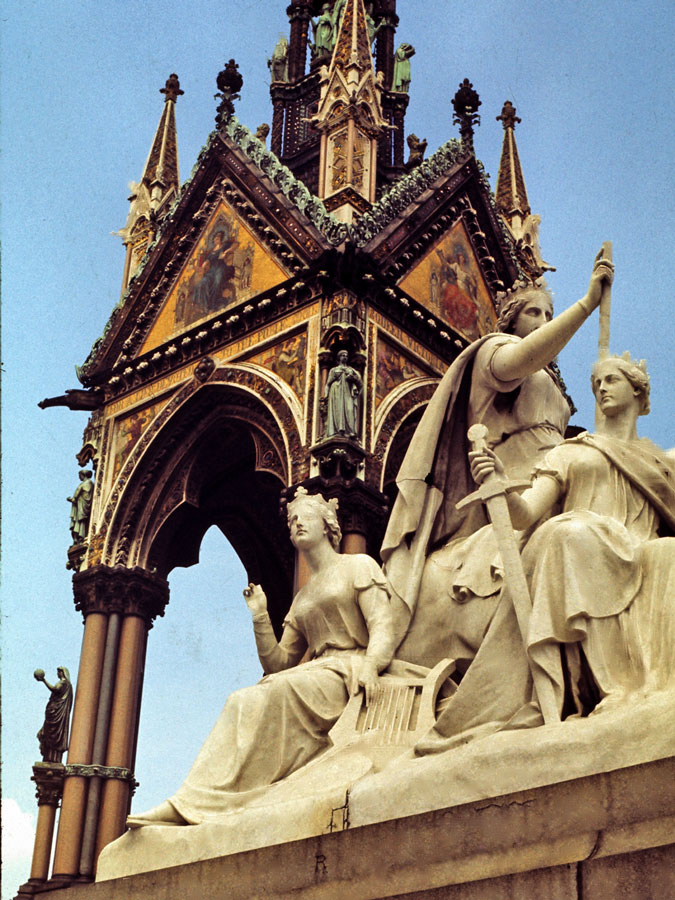
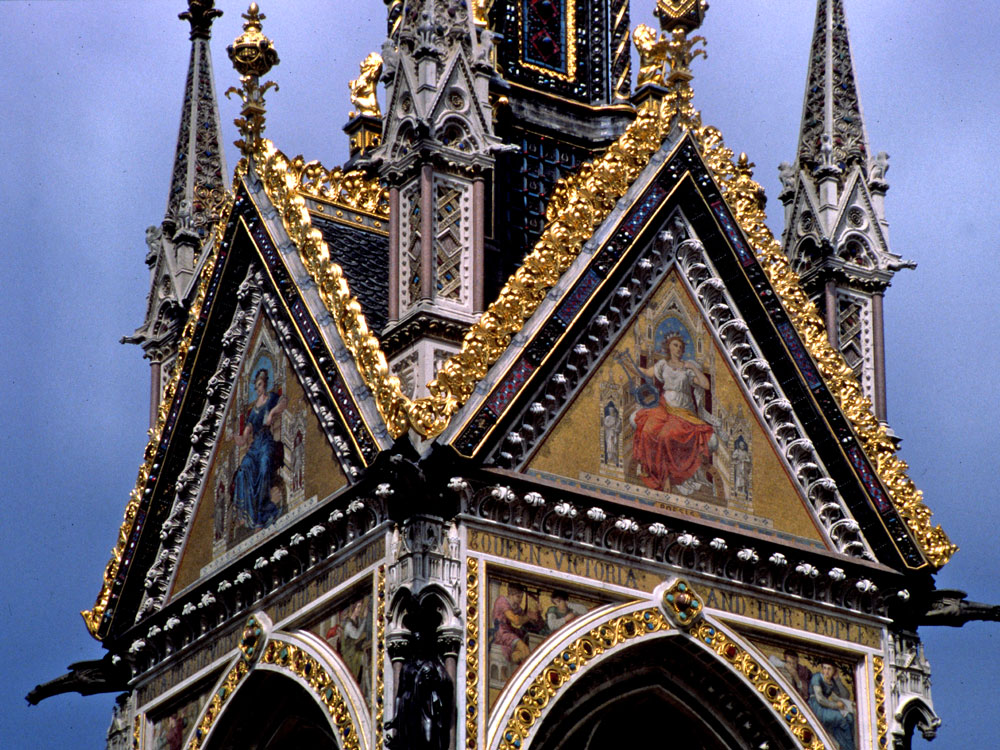
Surrounding his shrine at the four corners sit symbols for the four continents. Below is Africa and below that Asia or the Orient.
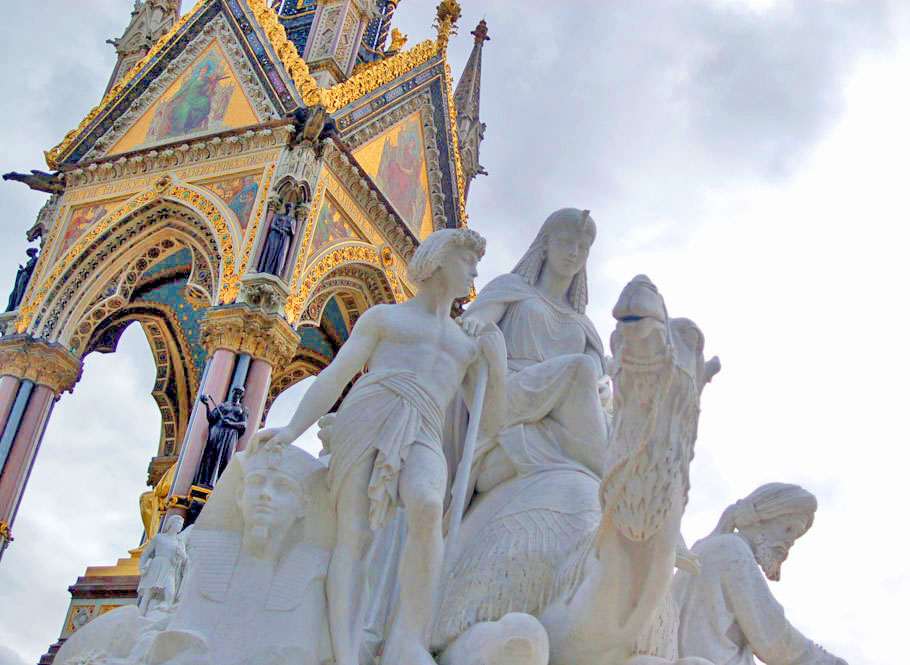
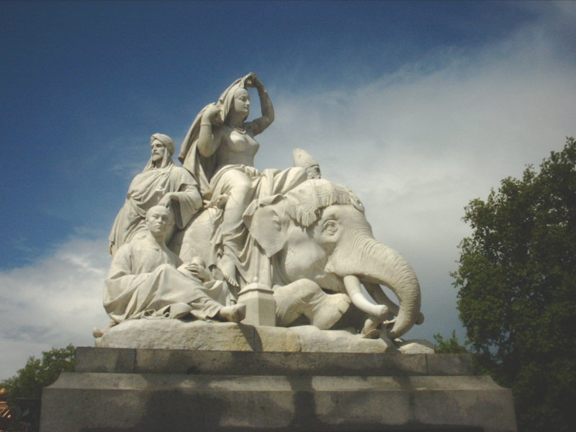
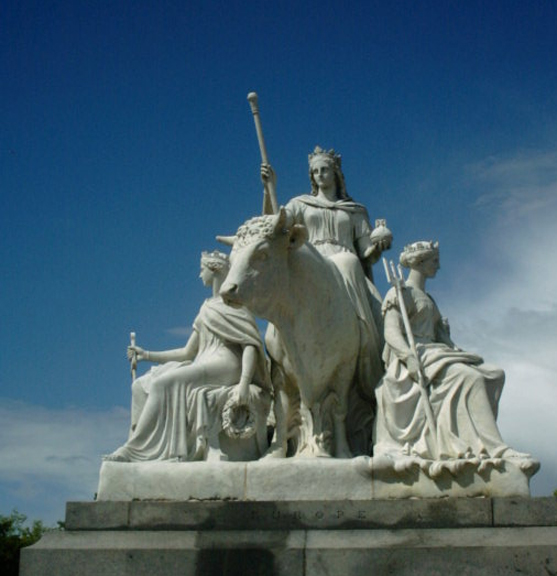
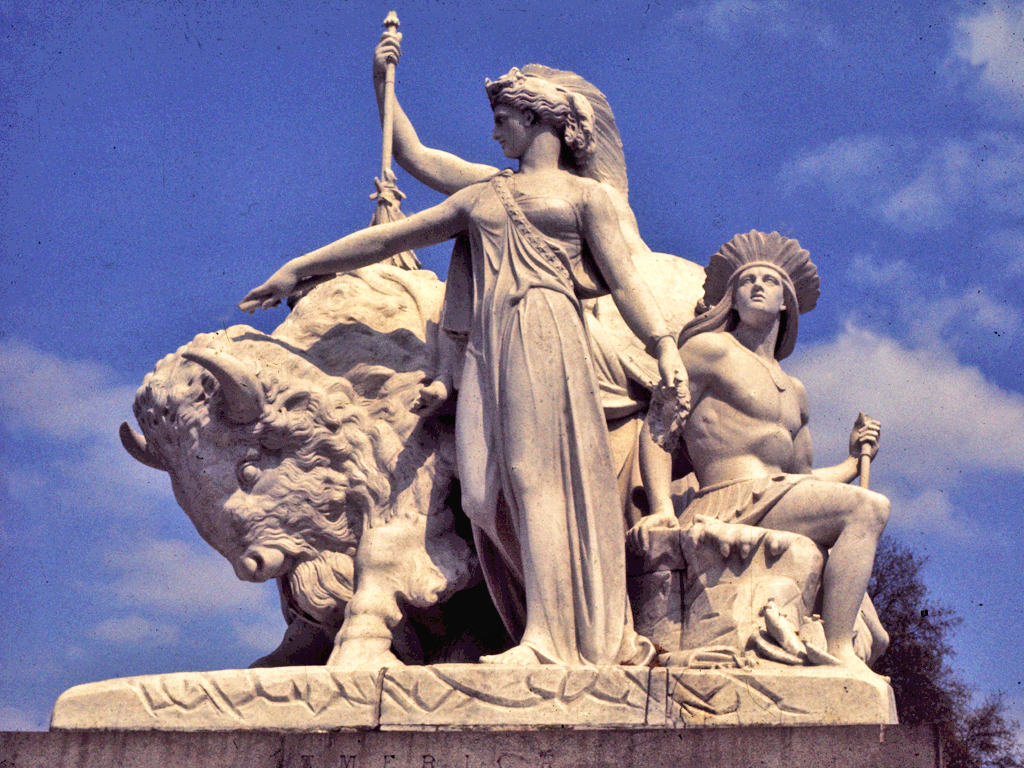
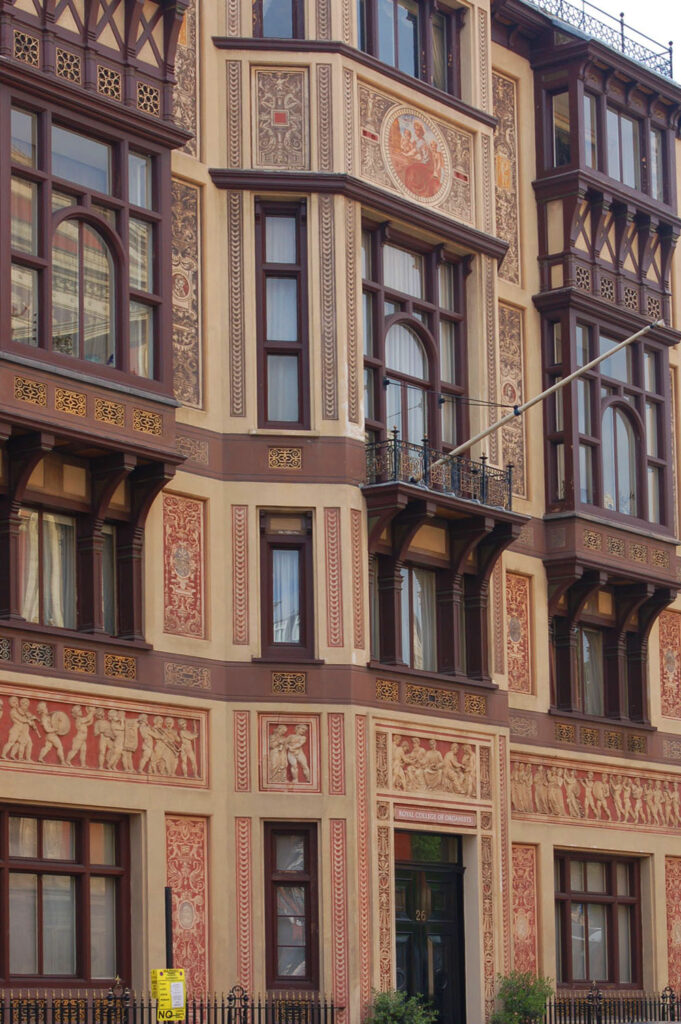
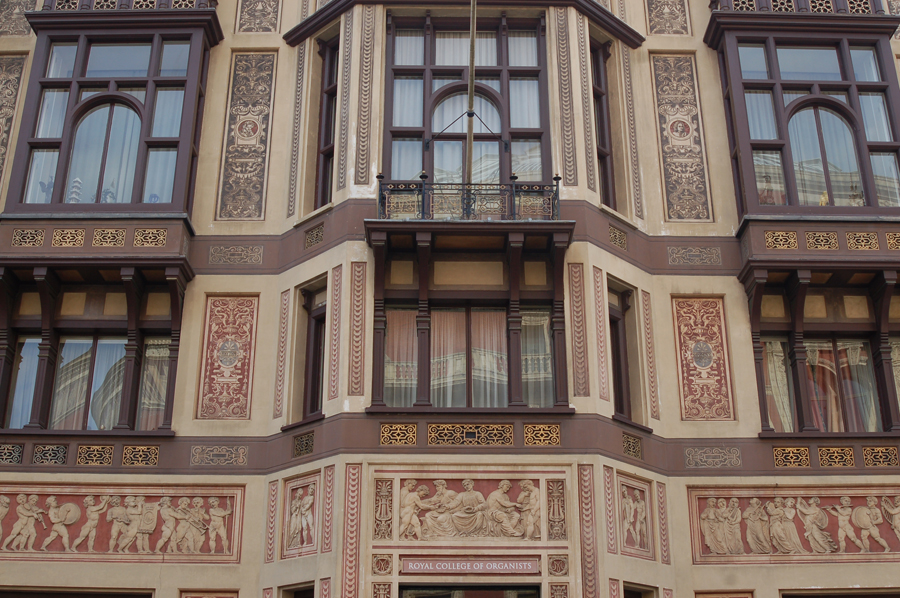
The Victoria and Albert Museum below
is the world’s largest museum of decorative arts and design, housing a permanent collection of over 4.5 million objects.
is the world’s largest museum of decorative arts and design, housing a permanent collection of over 4.5 million objects.
FOR A LATER POSTING ON THE MUSEUM SEE HERE
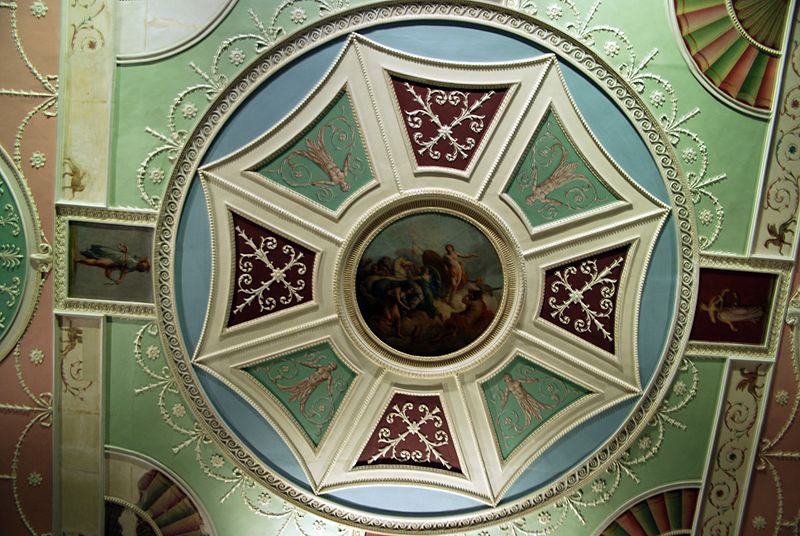
What is the specialty of the Victoria and Albert ?
Rather than naming what they do have it is easier to name what they do not have in their collections. Sculpture, painting, ceramics, porcelain, furniture,glass. Greek to Modern.
Obviously we went immediately to the fashion and clothing area.
Obviously we went immediately to the fashion and clothing area.
The V and A has collected fashion and textiles from across the Globe since it was founded. The
Museum now holds around 100,000 pieces from historical hats to contemporary couture.
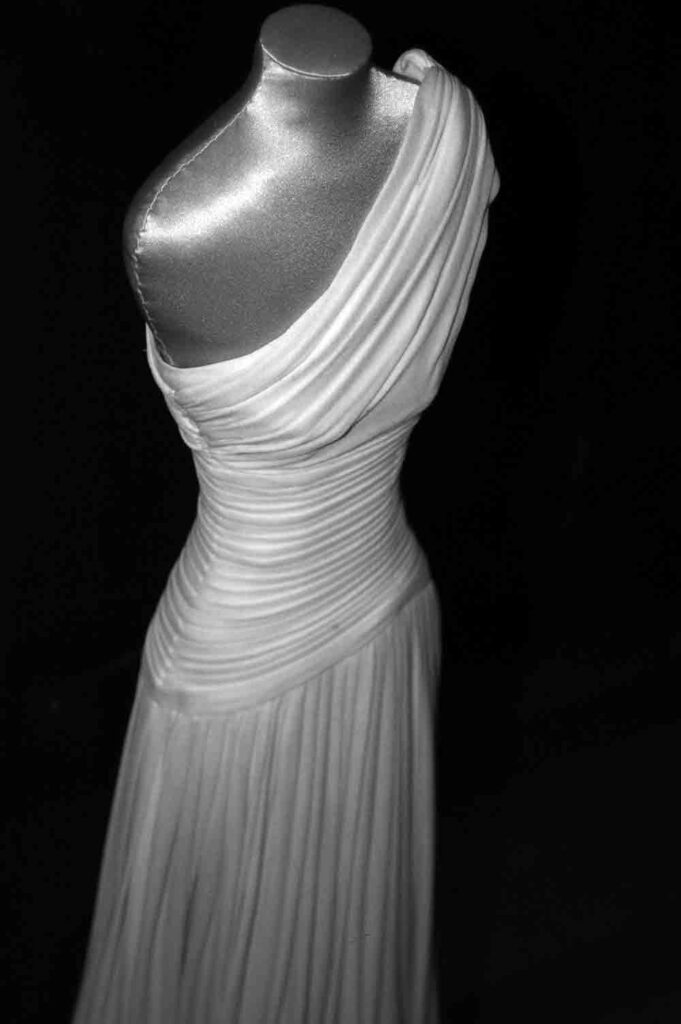
Above- a dress from 1700’s that one had to go sideways through doors with.
I suppose they could not travel anywhere either so had to wear these at home.
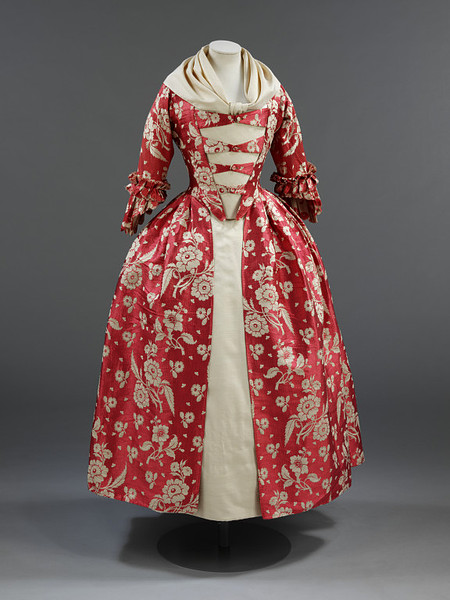
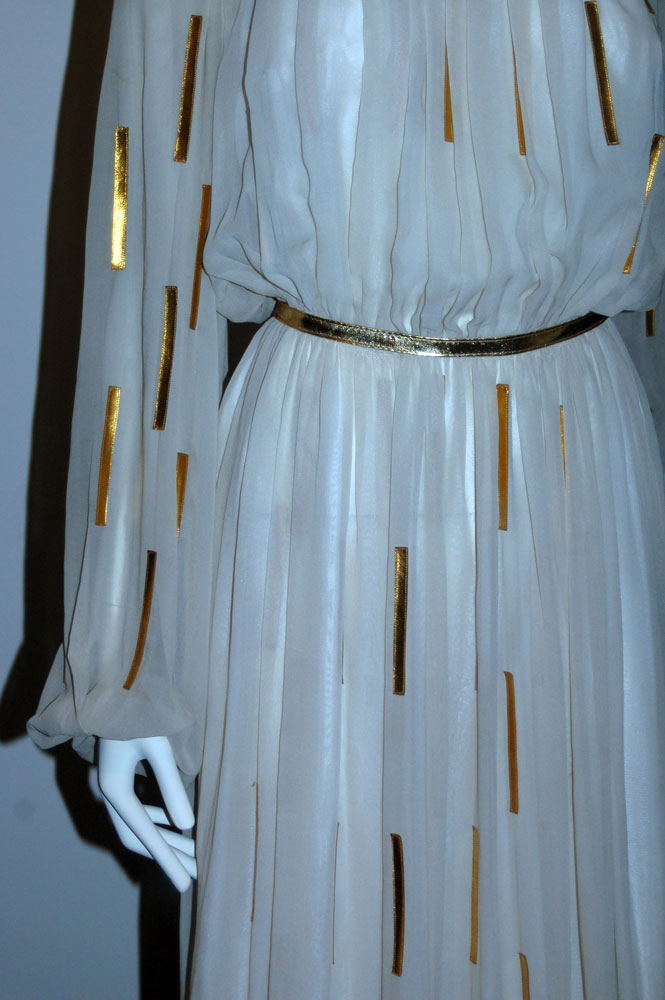
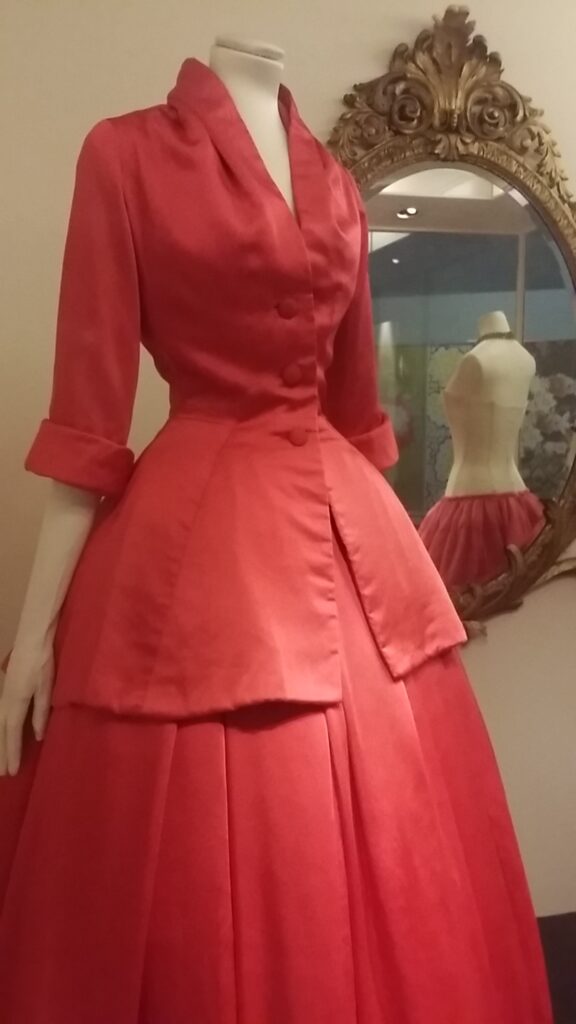
Zemire-Christian Dior 1954
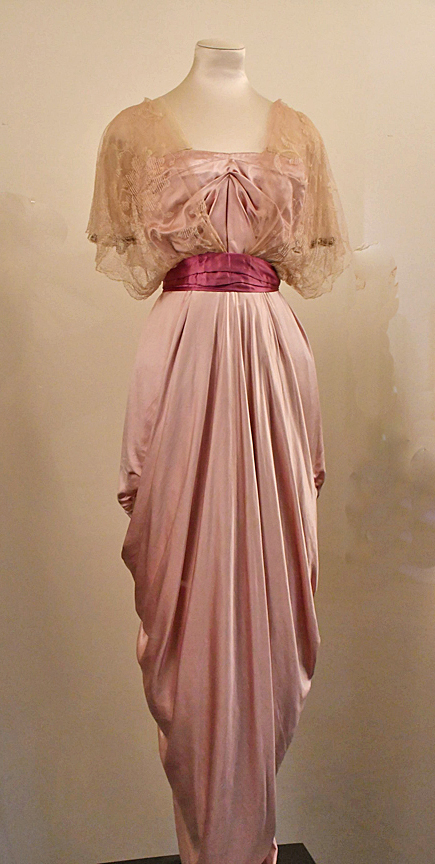
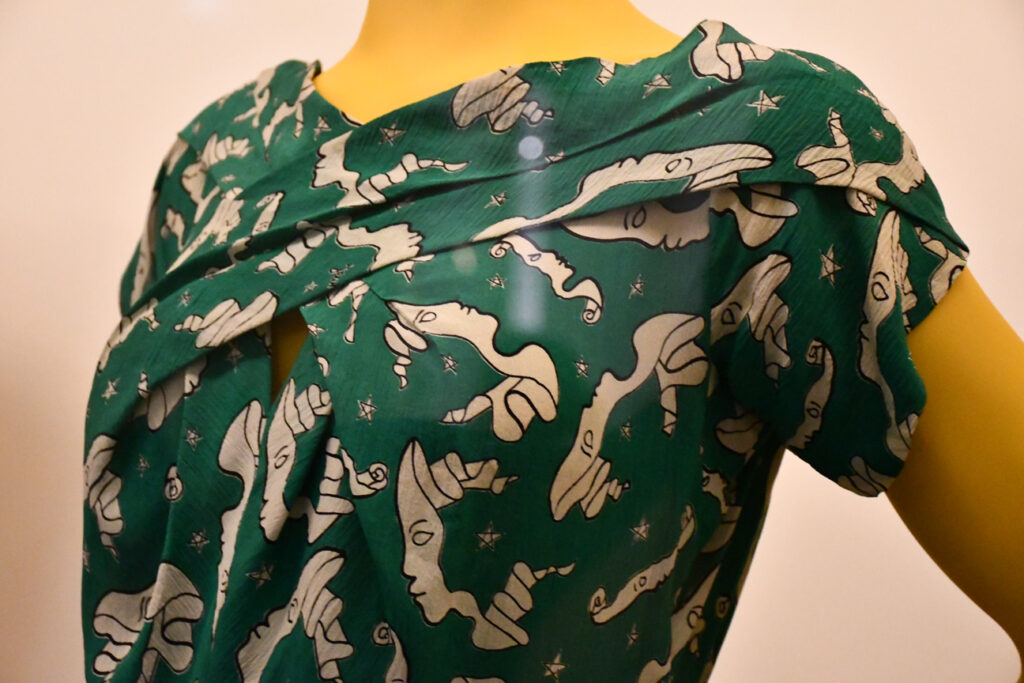
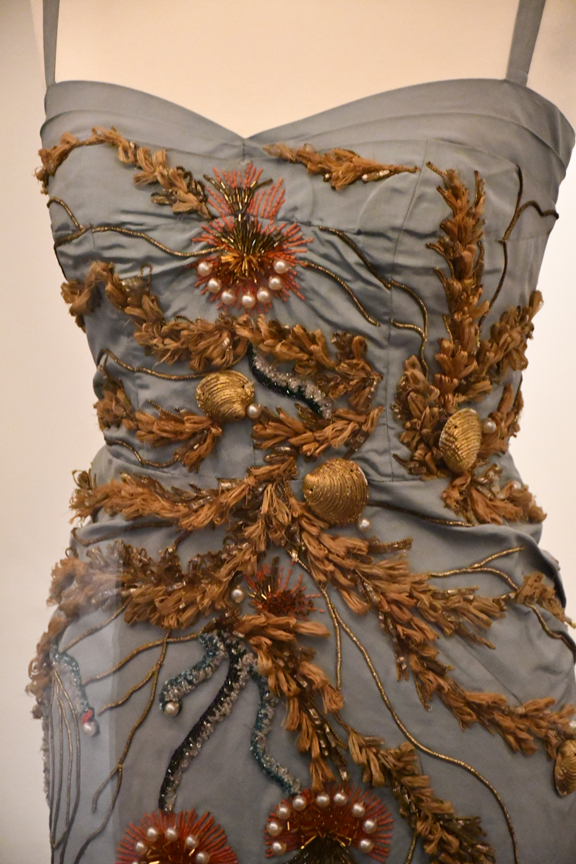
Ball Dress-Norman Hartnell 1953
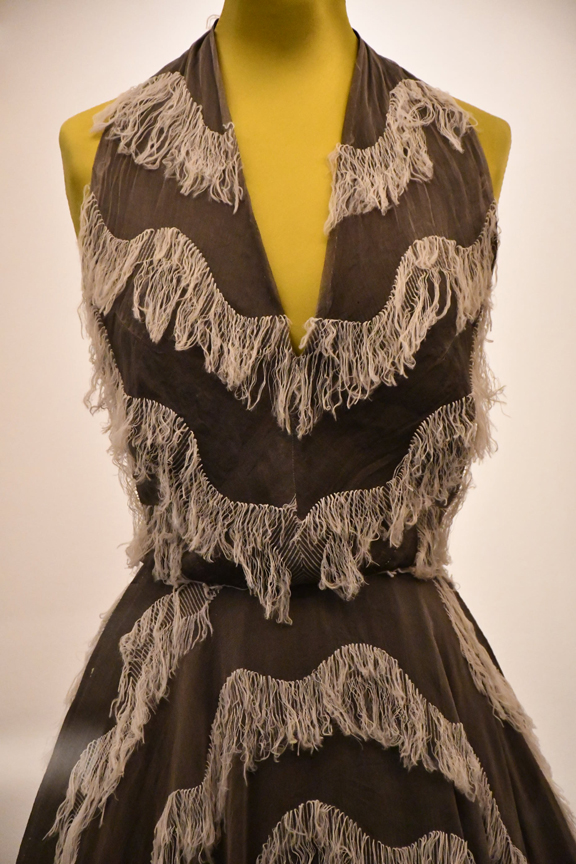
Evening Dress-Jaques Griffe 1951
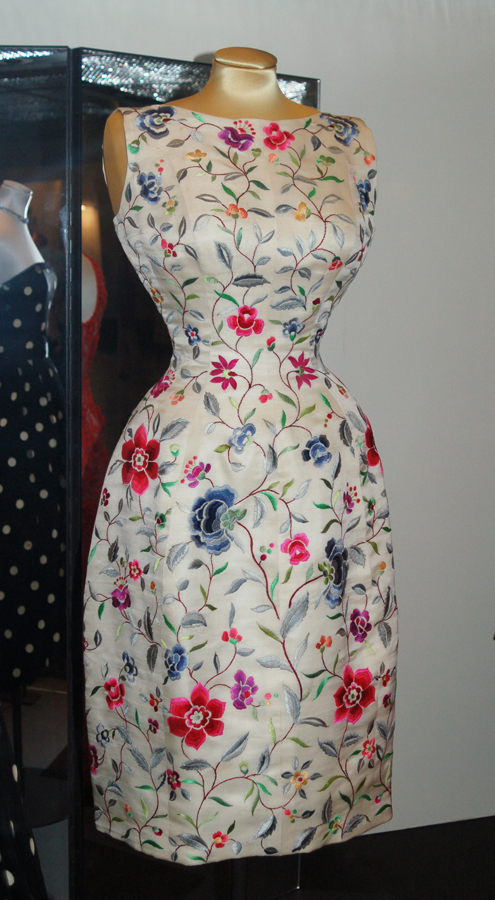
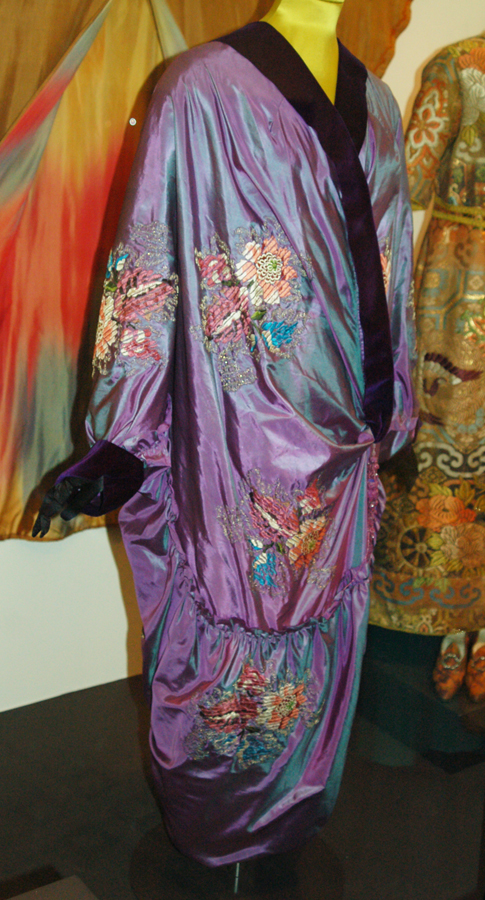
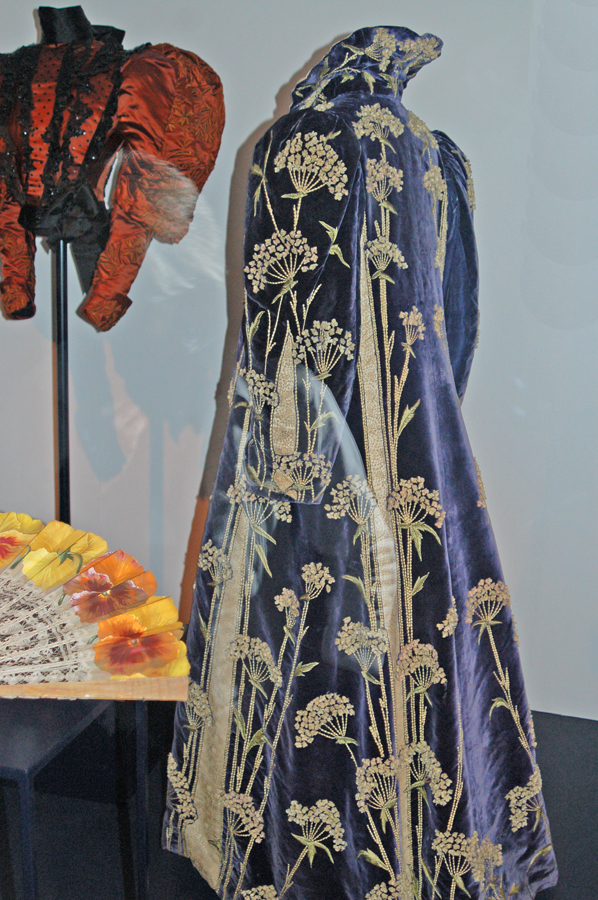
______________________________________
